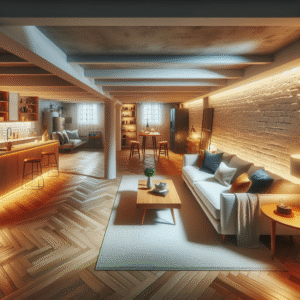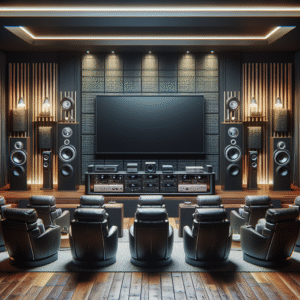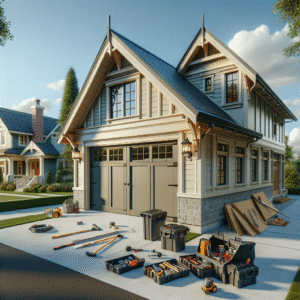Transforming your basement into a home gym is not just about creating a convenient space for workouts; it’s an investment that pays off in multiple ways. Whether you’re tired of commuting to a crowded gym or simply looking to enhance your property’s value, a basement gym can be the perfect solution. In this article, we’ll explore the cost benefits compared to traditional gym memberships, how such an upgrade can boost your home’s market value, and provide insights on the essential equipment you’ll need to make your fitness space both functional and inviting.
Why Invest in a Basement Home Gym?
Converting your basement into a gym offers significant advantages, both financially and lifestyle-wise. We’ll look at how the initial investment compares to ongoing gym fees and how crafting this personal workout space can increase your home’s appeal and functionality.
Cost Comparison: Building a Home Gym vs. Gym Membership Fees
Setting up a gym in your basement might seem like a hefty upfront cost, but when compared with the long-term fees of a gym membership, the numbers can be quite revealing. We’ll break down the costs to help you see the bigger financial picture.
Boosting Home Value with Functional Space Utilization
Incorporating a gym into your basement is not just about personal health; it’s also a strategic move in home improvement. We’ll discuss how this addition can enhance your property’s overall value.
Essential Equipment to Include in Your Basement Gym
Selecting the right equipment is crucial for maximizing space and ensuring a versatile workout environment. We’ll guide you through choosing multi-purpose gear that fits well in limited spaces.
Space-Saving Multi-Use Gym Equipment Choices
From foldable designs to all-in-one systems, discover the top picks that are perfect for small spaces yet broad in functionality.
Top 5 Must-Have Machines for a Comprehensive Workout
We’ve curated a list of the five essential pieces of equipment that will cater to most of your fitness needs without overcrowding your new gym space.
Step-by-Step Guide to Converting Your Basement into a Workout Haven
Ready to start your basement gym transformation? Follow our detailed guide from assessing your space for structural necessities to choosing between hiring professionals and DIY approaches.
Assessing Your Space: Structural Considerations Before You Start
Before diving into the renovation, it’s essential to understand what your basement can handle in terms of structure and what might need an upgrade.
Hiring Professionals vs. DIY: What You Need to Know for a Basement Gym Setup
Deciding whether to hire professionals or undertake the project yourself is crucial. We’ll provide insights to help you make the best choice for a successful setup.
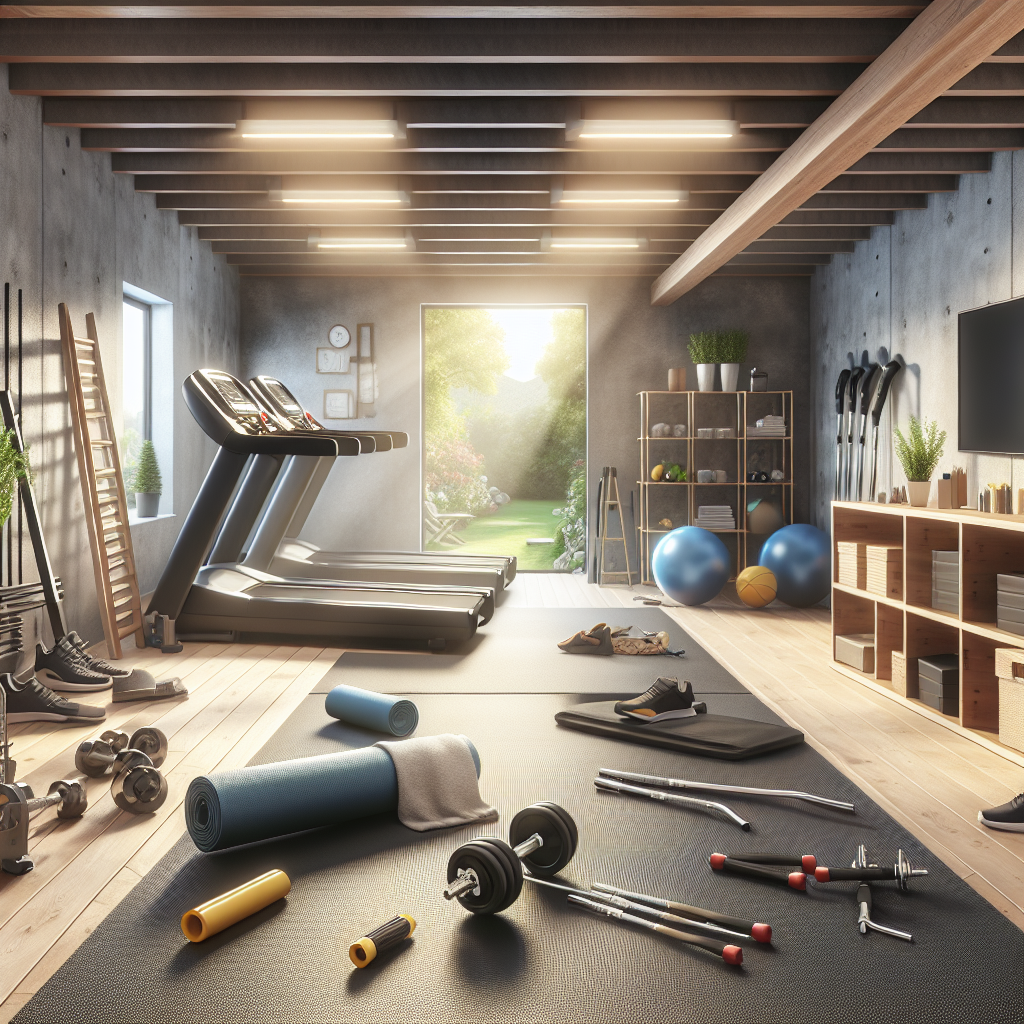
If you’re ready to take your home improvement or construction project to the next level, we can help! Find trusted contractors on BuildNet, whether you’re looking for renovations, new builds, electrical work, plumbing, or anything in between. Our directory connects you with qualified professionals who can make your vision a reality.
Why Invest in a Basement Home Gym?
Whether you’re a fitness enthusiast looking to ditch the crowded gym scene, or you’re simply interested in adding value to your home, converting your basement into a gym might just be the project you need. Let’s dive into why this might be a smart investment and how it can save you money in the long run while enhancing your property’s value.
Cost Comparison: Building a Home Gym vs. Gym Membership Fees
Let’s talk numbers! The average gym membership can range anywhere from $40 to $100 per month. That’s up to $1,200 a year, and over five years, you could be looking at $6,000 out of your pocket!
Now, imagine investing that same amount into your own home gym. Yes, the initial setup can be a bit costly—with expenses for gym equipment and possible renovations. However, an effectively outfitted home gym could range from $500 for basic equipment to $5,000 for a more comprehensive setup. The real kicker? This is a one-time investment that could last years with minimal additional costs.
- Long-Term Savings: After the initial investment, your costs drop significantly compared to ongoing gym fees. Additionally, no more driving to the gym means saving on gas and possibly reducing car wear and tear.
- Availability: Your basement gym is open 24/7. You can work out whenever it fits your schedule without worrying about gym hours or overcrowded equipment.
Boosting Home Value with Functional Space Utilization
Adding a gym to your basement is not just about fitness; it’s also about fiscal fitness for your home! A well-executed basement gym can appeal to potential buyers and increase your property’s market value. Here’s how:
- Appeal to Health-Conscious Buyers: As wellness continues to be a growing trend, having a home gym could make your property stand out to health-minded buyers.
- Improved Functional Space Utilization: Basements are often underutilized or serve as mere storage areas. Transforming this space into a functional, inviting gym can make your home feel larger and more versatile.
Real estate experts suggest that the return on investment (ROI) for home gyms can be quite significant, depending on the quality of the installation and the desirability of such features in your local market. It’s always a wise idea to research local trends or consult with a real estate professional in your area.
Incorporating a home gym into your basement is not just about saving on gym memberships or making your daily routine more convenient; it’s an investment strategy that can pay off in both personal health dividends and potential financial gains when it comes time to sell your home. Whether you’re in New York, California, or anywhere in between, tapping into local contractors who specialize in basement renovations can provide personalized advice and services tailored to your specific needs and local market conditions.
Ready to take the plunge and build that dream home gym? Remember, it’s not just about the health benefits; it’s also a strategic move that could enhance the overall value of your property. So why wait? Start planning your basement transformation today and step into a healthier, more lucrative future!
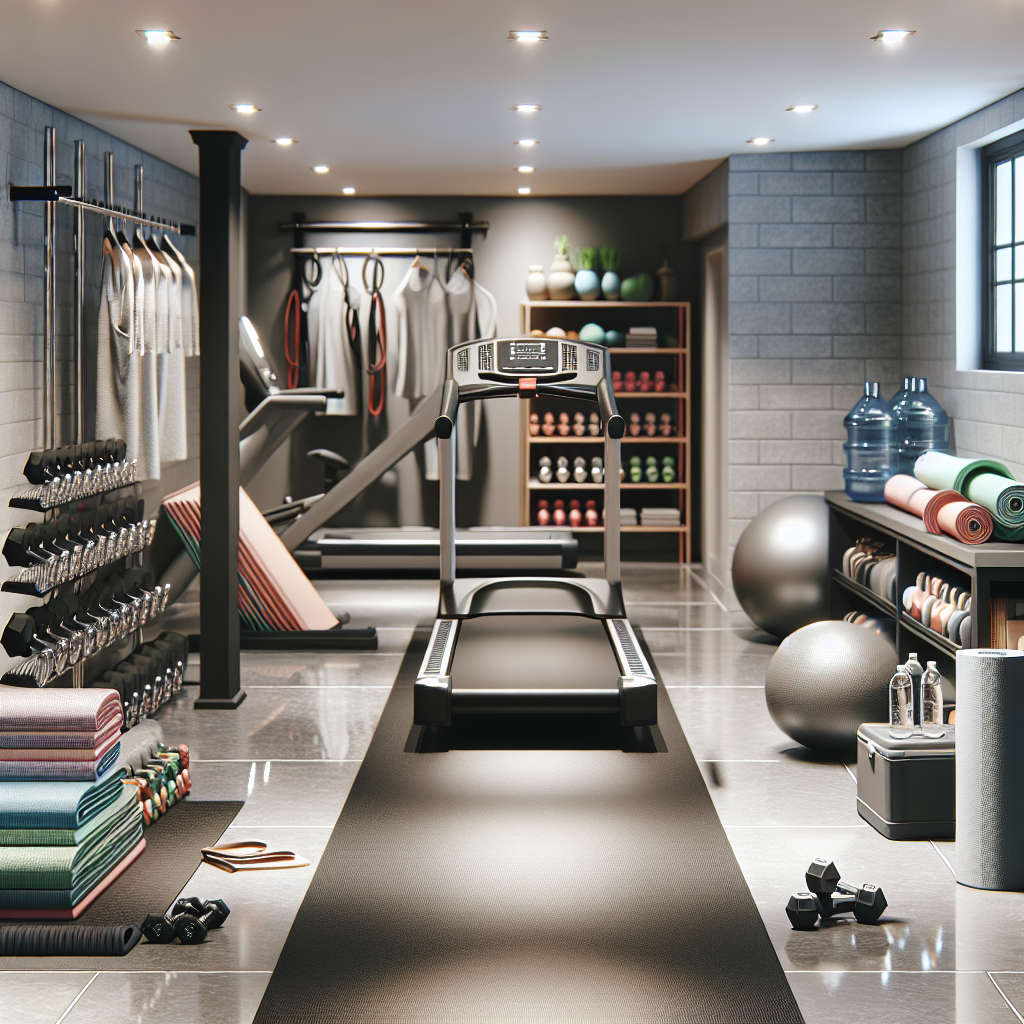
Essential Equipment to Include in Your Basement Gym
Transforming your basement into a gym is not only an exciting project but also an intelligent investment in your health and property value. However, choosing the right equipment can make or break your home fitness sanctuary. Here’s a guide to help you select the perfect pieces that maximize your workouts without wasting precious space!
Space-Saving Multi-Use Gym Equipment Choices
When it comes to home gyms, especially in a basement with potentially limited space, versatility is key. Multi-use equipment can provide a variety of workouts without occupying the floor area that multiple single-function machines would. Here are some top picks:
- Adjustable Dumbbells: These are a must-have! They replace the need for multiple sets of weights and are perfect for exercises ranging from bicep curls to shoulder presses.
- Resistance Bands: An excellent option for adding resistance to your workouts without taking up any significant space. Plus, they’re perfect for a variety of exercises and can help with stretching and strength training.
- Adjustable Benches: An adjustable bench can be shifted to different positions (flat, incline, or decline) to accommodate various exercises, making it extremely versatile.
- Wall-Mounted Pull-Up Bar: Utilize vertical space for a full-body workout. A pull-up bar can also support other accessories like ab straps and resistance bands.
- Foldable Treadmill: Cardio is important, and a foldable treadmill can be tucked away when not in use. Some even come with wheels for easy movement.
Top 5 Must-Have Machines for a Comprehensive Workout
While multi-use equipment is fantastic, there are some machines whose specific functions are too beneficial to ignore. Here are five machines that are worth making room for in your basement gym:
- Rowing Machine: Great for cardiovascular health and works out several major muscle groups (legs, back, and arms).
- All-in-One Gym Machine: These systems often combine multiple functions in one, such as a cable tower, a pull-up station, and a leg press, catering to a full-body workout regime.
- Leg Press Machine: Especially if you’re looking to build lower body strength, a compact leg press can be a valuable addition to your gym.
- Elliptical Machine: A low-impact alternative to the treadmill, great for cardiovascular workouts and suitable for all fitness levels.
- Spin Bike: Perfect for high-intensity interval training (HIIT) sessions and a favorite for those who prefer cycling over running.
When picking out machines, it’s crucial to consider not only the space available but also your specific fitness goals. Whether it’s building muscle, improving endurance, or losing weight, your equipment should align with your objectives. And remember, while it’s tempting to fill your gym with the latest gear, focus on quality and versatility. More doesn’t always mean better in the realm of home gyms!
Remembering Local Needs
As you shop for your gym equipment, consider local businesses that may offer better deals, personalized delivery, and setup services. Supporting local stores not only boosts your community’s economy but they might also provide valuable advice based on local trends and needs.
So, whether you’re a seasoned fitness enthusiast or just starting out, your basement can be transformed into a versatile and efficient home gym with the right equipment. Embrace the journey, and here’s to your health and fitness!
Step-by-Step Guide to Converting Your Basement into a Workout Haven
Thinking of turning that under-used basement into your personal fitness retreat? Well, you’re in for a rewarding project! Whether you’re a fitness fanatic or just looking to save on gym memberships, transforming your basement into a gym can be as exciting as it is practical. Let’s dive into how to create a space that motivates you to hit your health goals right from the comfort of your home.
Assessing Your Space: Structural Considerations Before You Start
Before you start ordering equipment and tearing down walls, it’s crucial to assess the structural integrity of your basement. Here’s what you need to check:
- Moisture Levels: Basements are notorious for being damp. Check for any signs of moisture, including musty smells, water stains, or mold. Addressing these issues early on is essential to protect both your health and your equipment.
- Flooring: Is your basement floor even and sturdy? Depending on the existing flooring, you might want to invest in rubber gym mats or interlocking foam tiles to provide a stable and shock-absorbent surface.
- Ceiling Height: Adequate ceiling height is important, especially if you’re planning to include equipment like power racks or if you’re into exercises that require jumping. You’ll want to ensure you have enough space to move around without restrictions.
- Ventilation: Good air circulation is crucial in a workout space to keep it fresh and to help manage humidity levels. Consider adding fans or a small HVAC system if your basement isn’t already equipped with proper ventilation.
- Lighting: Basements can be dark, which isn’t ideal for a workout area. Adding bright, overhead lighting can make a huge difference in the ambiance and functionality of your gym.
Once you’ve assessed these key areas and made any necessary adjustments, you’ll have a solid foundation to start building your dream gym.
Hiring Professionals vs DIY: What You Need to Know for a Basement Gym Setup
When it comes to transforming your basement into a gym, you have two main paths: the DIY route or hiring professionals. Each option has its pros and cons, and the right choice depends on your skills, budget, and timeline.
DIY Gym Setup
If you’re handy and enjoy a challenge, DIY might be the way to go. Here’s why:
- Cost-Effective: You can save money on labor costs by doing the work yourself.
- Personal Satisfaction: There’s a deep sense of accomplishment that comes with completing a project with your own two hands.
- Customization: DIY gives you full control to customize every aspect of your gym according to your preferences and needs.
However, be mindful of the complexity of the work. Installing ventilation systems or structural changes might require professional skills and knowledge.
Hiring Professionals
If DIY isn’t your style, or if the project involves complex electrical work or plumbing, hiring professionals is your best bet:
- Expertise: Professionals bring experience and skills, ensuring that the job is done safely and correctly.
- Efficiency: A professional team can complete the project faster than you might be able to on your own, which means you can start working out sooner!
- Stress-Free: Hiring out means you won’t have to handle unexpected issues or mistakes that could arise during a DIY project.
To find the right contractor, look for local professionals with good reviews and a gallery of finished projects. Tools like BuildNet’s local contracting and home service directory can be invaluable here, offering a curated list of reliable professionals in your area.
In conclusion, whether you choose to DIY your gym setup or hire professionals, the key is to plan thoroughly and choose the option that best suits your skills and budget. With some careful consideration and hard work, your basement can transform into a convenient and inspiring space that supports your fitness journey.
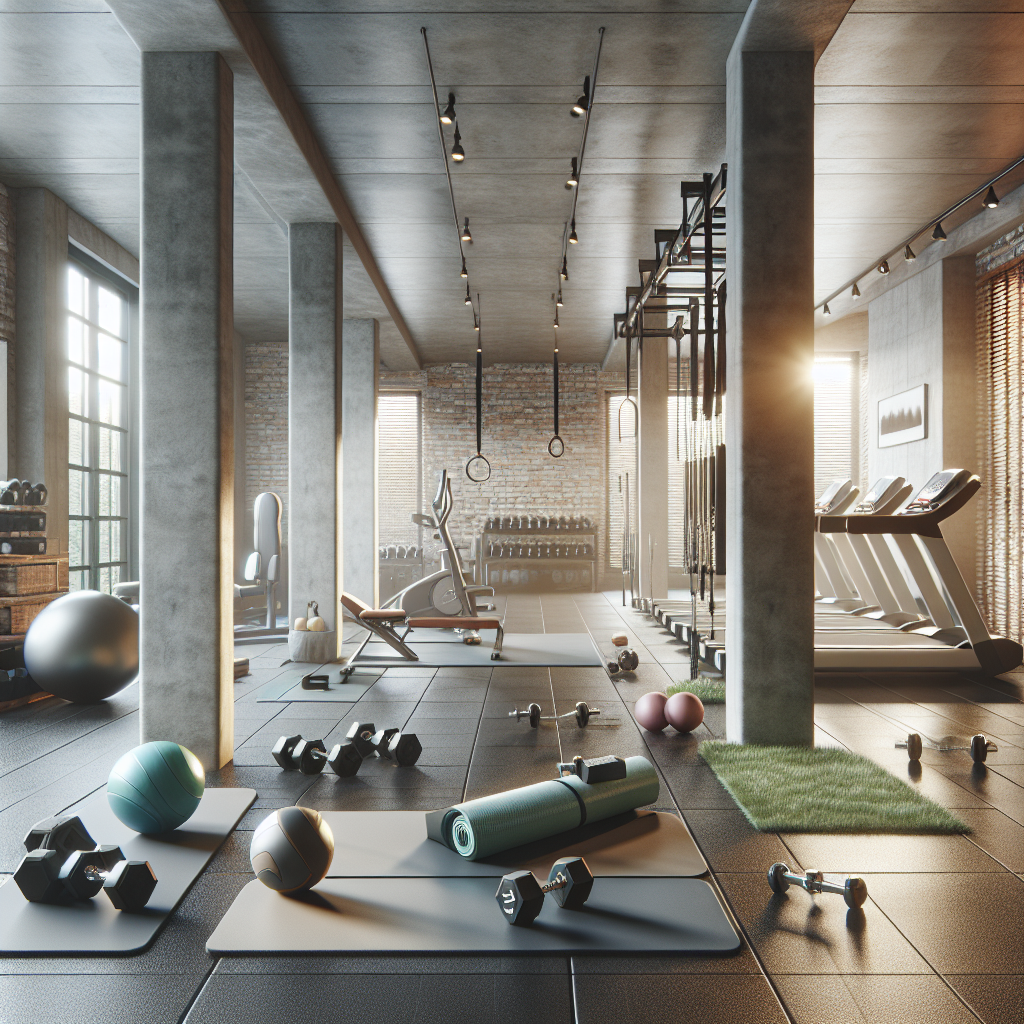
Why should I consider building a home gym in my basement?
Investing in a home gym can save you a substantial amount on gym memberships over the years. Additionally, it offers the convenience of working out on your schedule, without the commute. Moreover, a well-designed home gym can increase your property value by adding functional, appealing space to your home.
What are the cost benefits of a home gym compared to a gym membership?
While the initial setup cost of a home gym might be higher, over time, it eliminates ongoing gym membership fees, travel costs, and time spent commuting. This makes it a cost-effective long-term investment.
How can a basement gym increase my home value?
Functional space utilization, like a basement gym, can make your property more attractive to potential buyers, should you decide to sell. It demonstrates good use of space and can significantly boost your home’s market value.
What essential equipment should I include in my basement gym?
Focus on multi-use gym equipment to maximize space and functionality. Essentials might include an adjustable weight bench, a compact multi-gym, free weights, a treadmill or elliptical, and a yoga mat area for flexibility workouts.
What are the top 5 must-have machines for a comprehensive home workout?
- Adjustable weight bench
- Compact multi-gym
- Treadmill or elliptical machine
- Stationary bike
- Rowing machine
How do I assess my basement space for a gym conversion?
Start by checking the structural integrity of your basement, including the flooring and any potential moisture issues. Measure the space to ensure there’s enough room for both your equipment and comfortable movement. Consider professional input for accurate assessment.
Should I hire a professional or can I set up my basement gym DIY?
While DIY projects can be rewarding, hiring a professional can ensure that your gym meets building codes and safety standards. Professionals can also provide design insights and efficient use of space. For intricate tasks, such as electrical wiring or plumbing, professional help is strongly recommended.
Conclusion
Starting your basement gym project might seem daunting at first, but with the right planning and equipment, it can transform your home and lifestyle. Remember, a home gym not only saves you money in the long run but also adds significant value to your home and provides the convenience of working out at any time without leaving the house.
If you’re feeling overwhelmed with where to start, or if you’re unsure about the structural requirements for a basement gym, reaching out to a professional can make all the difference. At BuildNet, we’re here to help connect you with trusted local contractors who can bring your dream home gym to life. Visit our website and contact a contractor today for a free quote!
So, are you ready to take the step and create your own personal fitness haven? Let’s make that dream a reality with the right help from BuildNet!

